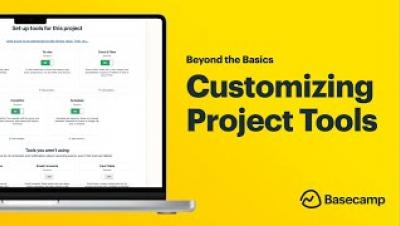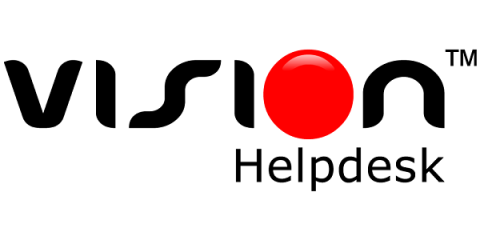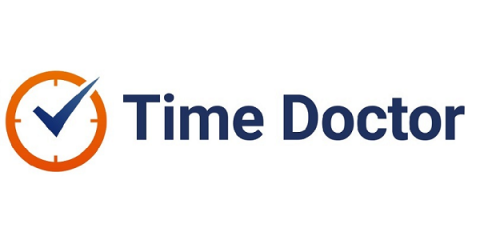Teams | Collaboration | Customer Service | Project Management
%term
Customizing the Basecamp Project Tools
Maximize Your IT Support With the Best IT Service Desk Software
Effective IT support is one of the most important pieces of operating a modern business in today’s ever-evolving digital landscape, but delivering this kind of support at a high level can be complicated. To help streamline complex IT support measures, more businesses are relying on IT Service Desk Software. By using IT Service Desk software, today’s businesses can improve their communication and collaboration while also being more productive and satisfying their customers.
Build your email list business using chatbots
How many emails will you send today? At a guess, we’d say close to a hundred. After all, there are 4 billion daily email users sending a staggering 370 billion emails each day. Email marketing accounts for a large number of those emails, which is no surprise given that email marketing is one of the most cost-effective ways of talking to customers. McKinsey research highlights the fact that email marketing consistently outperforms other forms of promotion with a ROI of $40 for every $1 spent.
Zendesk Enterprise Chatbot - improve customer relationships
In 1966, Eliza was born. The brainchild of Joseph Weizenbaum and a team of computer scientists at MIT (Massachusetts Institute of Technology), Eliza is widely recognised as the world’s first chatbot. She was pretty basic compared to today’s chatbots but could identify key words in sentences and then ask questions back to the user based on that input.
Zendesk VoIP for business for more affordable customer calls
How do you turn a customer into a fan? Ironically, one of the best ways to trigger word of mouth is to use your own voice and speak one-to-one with customers. Speaking directly to a customer enables you to better understand their needs, which means you can tailor solutions and offer additional services as they become more receptive to cross selling and upselling. Voice interactions can make a customer feel more appreciated as they experience being ‘seen’ and ‘heard’.
The Secret To A Successful 4-Day Work Week
6 Steps to Implement an Employee Experience Strategy
Why BPOs should worry less about time-wasting and invest more in monitoring
Time-wasting is a common phenomenon that almost every company has to face in some form or another. For BPOs, low productivity and motivation levels are common, and many senior figures are still focusing on cracking down on time-wasting. This is particularly so in companies that have migrated to remote working and hybrid working models, where supervisors and managers cannot easily see what workers are doing from one moment to the next.
Investing in Your Workforce: A Comprehensive Guide to Maximizing Employee Potential
Investing in your workforce can be one of the most significant drivers of business success. However, many companies overlook the importance of employee development and fail to realize its potential impact on the bottom line. According to a study by the Society for Human Resource Management, 75% of employees cite a lack of career advancement opportunities as a reason for leaving their current job.











